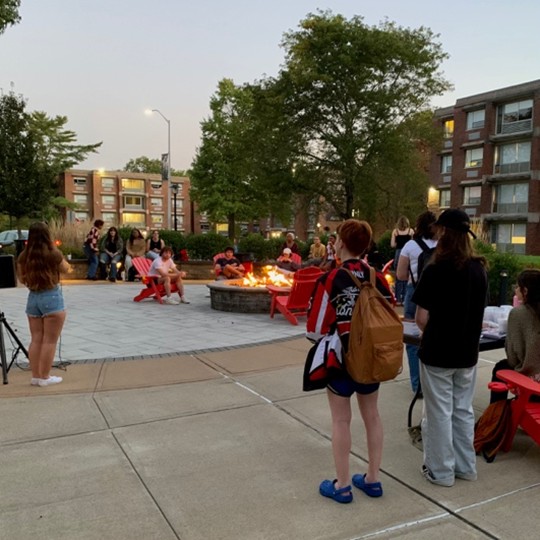Cure for Parkinson’s Disease in underway

October 3, 2019
Scientists at the Stanford University School of Medicine have found a molecular indicator that recognizes Parkinson’s disease.
This indicator is almost universal in patients with the disorder. T
his discovery can quickly pinpoint the neurodegenerative disorder long before the earliest symptoms are seen.
It also shows the possibility of obstructing the disease’s progression.
Parkinson’s Disease affects neurons in the brain that control body movement.
These neurons are in a region called the substantia nigra of the brain.
They secrete the hormone dopamine to send body-movement signals to neurons around the rest of the body.
Their specialized function makes them known as dopaminergic neurons. Unfortunately, what makes dopaminergic neurons die is currently unknown.
However, further research shows a theory that the intensity in which dopaminergic neurons operate disrupts the mitochondria in cells.
The harder a cell has to work, the more energy its mitochondria must exude.
When these mitochondria become burnt out, they leave the system.
Human cells have a network of proteins made for clearing these defective mitochondria to transport them to the cell’s recycling centers.
In order to do this, the proteins must remove an adaptor molecule attached to the mitochondria called Miro. The molecule attaches to both damaged and healthy mitochondria before their disposal.
In the Stanford study, Xinnan Wang, MD, Ph.D., and his team obtained skin samples from 83 Parkinson’s patients.
Five of the patients were close relatives considered to be at high risk, 22 were diagnosed with other movement disorders, and 52 were healthy control subjects.
They extracted fibroblasts—cells that are common in skin tissue—from the samples, cultured them in Petri dishes and forced them to a stressful process that alters the mitochondria.
This procedure should result in their clearance, since the removal of Miro molecules tethers them to the cell center grid. The researchers found the Miro-removal defect in 78 of the 83 Parkinson’s fibroblasts (94%) and in all 5 of the “high-risk” samples, but not in fibroblasts from the control group or from the patients with other movement disorders.
Stanford researchers collaborated with Atomwise Inc., a biotechnology company, to test a compound that allows Miro to bind and release the defective mitochondria. They tested one compound appearing to target Miro most exclusively on fibroblasts from a patient with sporadic Parkinson’s disease. It significantly cleared Miro in these cells after their exposure to mitochondria-damaging stress. Dr. Wang plans on speeding the development of the new lead compound in his new company CuraX, in the hopes of continuing the fight against Parkinson’s disease.
IMAGE COURTESY OF HARVARD HEALTH










carol Ford • Jun 8, 2020 at 3:08 am
After was running around from doctor to doctor before we finally get rid of her PD ,at age 74 my mother noticed that her handwriting was getting smaller and I was writing faster as well. She also noticed a small tremor in her left hand. The doctor went over her different symptoms and he suspected she either had a small stroke or the beginnings of Parkinson ‘s disease. After finding a neurologist and some testing she was diagnosed with the beginning stages of Parkinson’s disease. That was 3 years ago. She take Sinimet four times a day to control the symptoms, which include falling, imbalance, gait problems, swallowing difficulties, and slurring of speech,This year, our family doctor started her on totalcureherbsfoundation com PD Herbal mixture, over 3 months into treatment she improved me dramatically. At the end of the full treatment course, the disease is totally under control. No case of dementia, hallucination, weakness, muscle pain or tremors.PD or any other disease natural organic remedies are always work on acidity treatment, if we maintain diet plan and use total cure herbs foundation then we get fast relief from this problem.